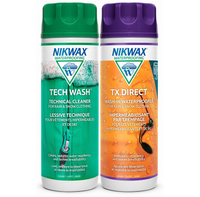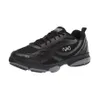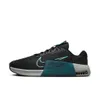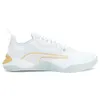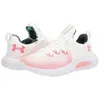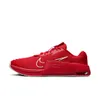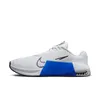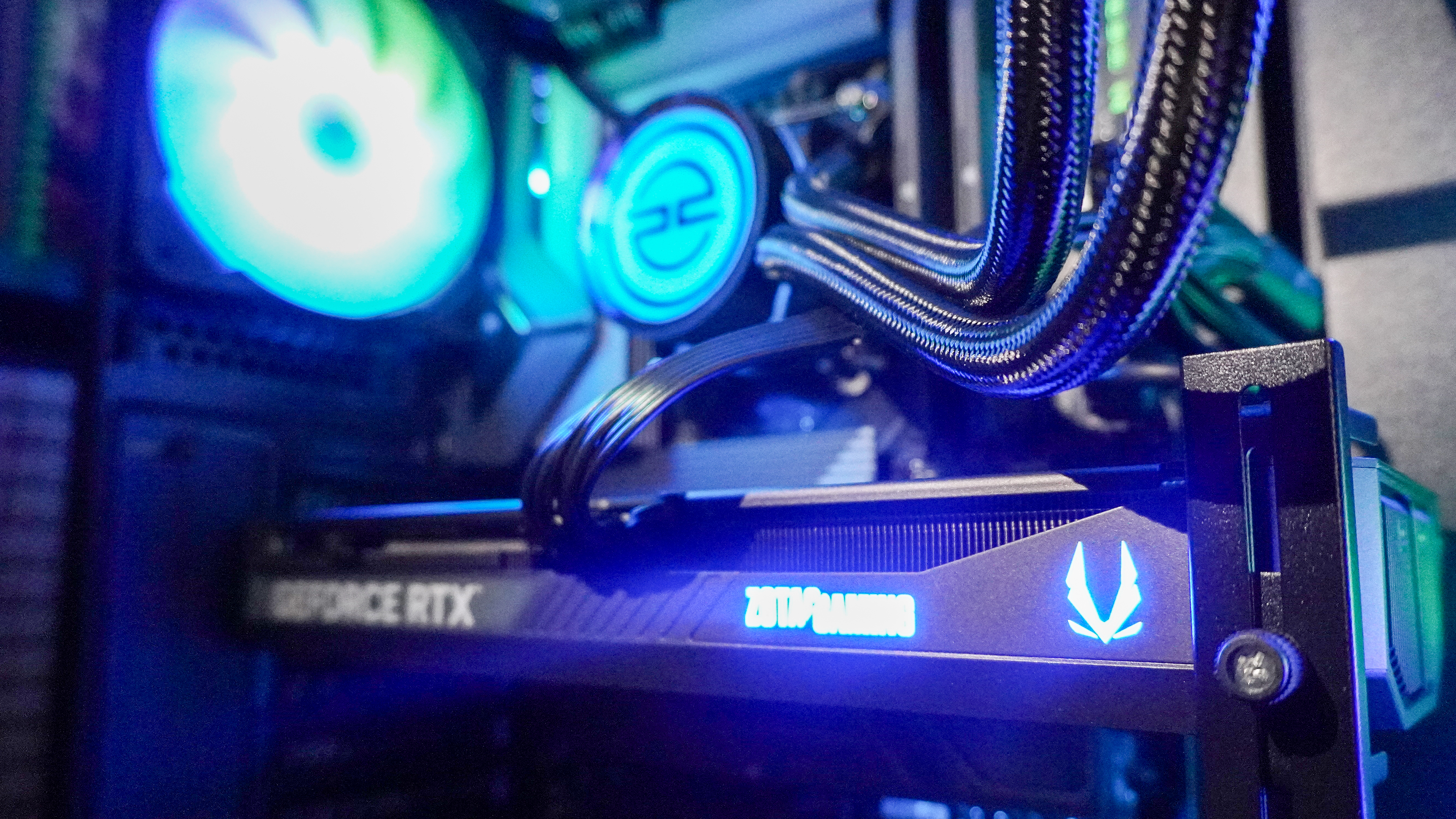How to waterproof a jacket like the pros — and never get soaked again
Learn how to waterproof a jacket at home in four easy steps

Hate soggy clothes? Learn how to waterproof a jacket like the pros and never get soaked again — even in the shower. After all, the dreaded sensation of moisture seeping through a supposedly H20-proof Patagonia mid-hike is one no person should experience.
Properly waterproofed garments are the secret to an awesome day out in nature, weather be damned. And we’re not just talking jackets. The process described below works for ski and snowboard pants, as well as sleeping bags, gloves, neck gaiters and more.
How to waterproof a jacket — for rain, snow and more
Most rain and snow-oriented outerwear sold by reputable brands — like Columbia, The North Face, Patagonia, etc. — comes treated with some degree of moisture protection. In many cases, that’s a spray-on water-repellent, like Durable Water Repellent (DWR). The best waterproof jackets, however, also have heat-sealed taped seams for added protection.
Whether your gear is brand-new or a few seasons old, it can surely benefit from additional waterproofing. Fortunately, the process is simple and requires little more than running a few wash cycles and $25 worth of Nikwax (or similar) products.
Nikwax Hard-Shell Outerwear Care Kit: $22 @ REI
For less than $25, this kit includes everything you need to wash your stinky ski or rain jacket and then re-waterproof it. Nikwax has been in the H2O repellent game since the 1970s and is widely trusted as the brand to beat for all-season moisture protection.
How to waterproof a jacket
- Prep your washing machine
- Wash garments with a technical cleaner (optional)
- Wash garments with wash-in waterproofer
- Tumble dry garments on a low setting
Read on to see full illustrated instructions for each step.
1. Prep your washing machine

Ordinary washing machine detergent is the enemy of water-resistant clothing. Never wash a snow or rain jacket with Tide, Bounce, or the like as that will wreak havoc on the water-repellent treatment — even a little leftover detergent from a previous wash cycle can cause issues. This is why it’s so important to prep your washing machine before waterproofing a jacket — alternatively, you can give your washing machine a full, deep clean.
First, you’ll want to wipe down any visible detergent residue or buildup from the machine dispenser if it has one. It’s also a good idea to wipe the inside with a damp cloth. After that, go ahead and run a quick, standard wash cycle sans clothing.
2. Wash garments with technical cleaner (optional)

Before hitting your favorite jacket with a healthy dose of wash-in waterproofer, it may be a good idea to wash it first, especially if it’s gotten a lot of use. As mentioned, standard laundry detergent is a no-no for rain and snow garments. Instead, use a technical cleaner, like Nikwax Tech Wash.
Five to seven ounces of this technical cleaner is good for two or three garments, depending on how heavy they are. You definitely do not want to overload your washer when cleaning or waterproofing technical outer layers.
Run your washing machine on a normal cycle with warm water and an extra rinse, if possible.
3. Wash garments with a wash-in waterproofer

If the items you’re treating are new or not too stinky, you can skip the previous step and jump right into waterproofing. Nikwax TX. Direct is the industry standard for waterproofing and re-waterproofing rain and snow gear.
Again, don’t overload your machine. Stick to two or three garments per waterproofing cycle. Nikwax advises using three to four ounces of its product per garment for maximum H20 protection. Again, run a normal cycle with warm water and an extra rinse.
4. Tumble dry garments on a low setting

The final step is to tumble dry your freshly waterproof jacket on a low setting to help seal in the treatment. Be mindful of how long the dry cycle runs, though, as you do not want to overdry. Alternatively, air drying works too.

And with that, you now have all the secrets for how to waterproof a jacket like the pros. The process is simple and hardly time-consuming. Just be sure to use a quality technical wash and waterproofing product!
How often should you use a wash-in waterproofer? The more you find yourself singing and dancing in the rain, the more often you’re going to want to re-H20-proof your gear. But for most folks, once a season is good practice.
Sign up to get the BEST of Tom's Guide direct to your inbox.
Get instant access to breaking news, the hottest reviews, great deals and helpful tips.
What if you don’t have access to a washing machine? The same process and products mentioned above also work for hand washing your garments in a bucket or tub. Both Nikwax Tech Wash and TX.Direct include further instructions for the DIY washing approach.
Looking for more winter weather guides? Check out our step-by-step instructions on how to wax a snowboard at home, recommendations for safe and effective driveway ice removal and advice on driving in the snow like a pro.

Dan Bracaglia is the Tom’s Guide editorial lead for all things smartwatches, fitness trackers and outdoor gear. With 15 years of experience as a consumer technology journalist testing everything from Oura Rings to instant cameras, Dan is deeply passionate about helping readers save money and make informed purchasing decisions. In the past year alone, Dan has assessed major product releases from the likes of Apple, Garmin, Google, Samsung, Polar and many others.
An avid outdoor adventurer, Dan is based in the U.S. Pacific Northwest where he takes advantage of the beautiful surroundings every chance he gets. A lover of kayaking, hiking, swimming, biking, snowboarding and exploring, he also makes every effort to combine his day job with his passions. When not assessing the sleep tracking and heart rate accuracy of the latest tach gadgets, you can find him photographing Seattle’s vibrant underground music community.
